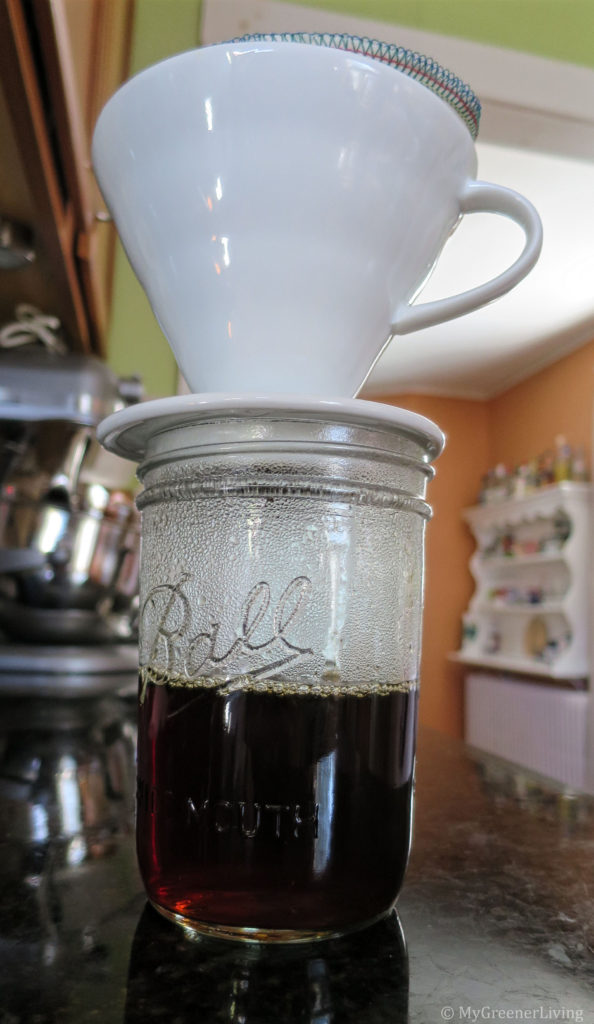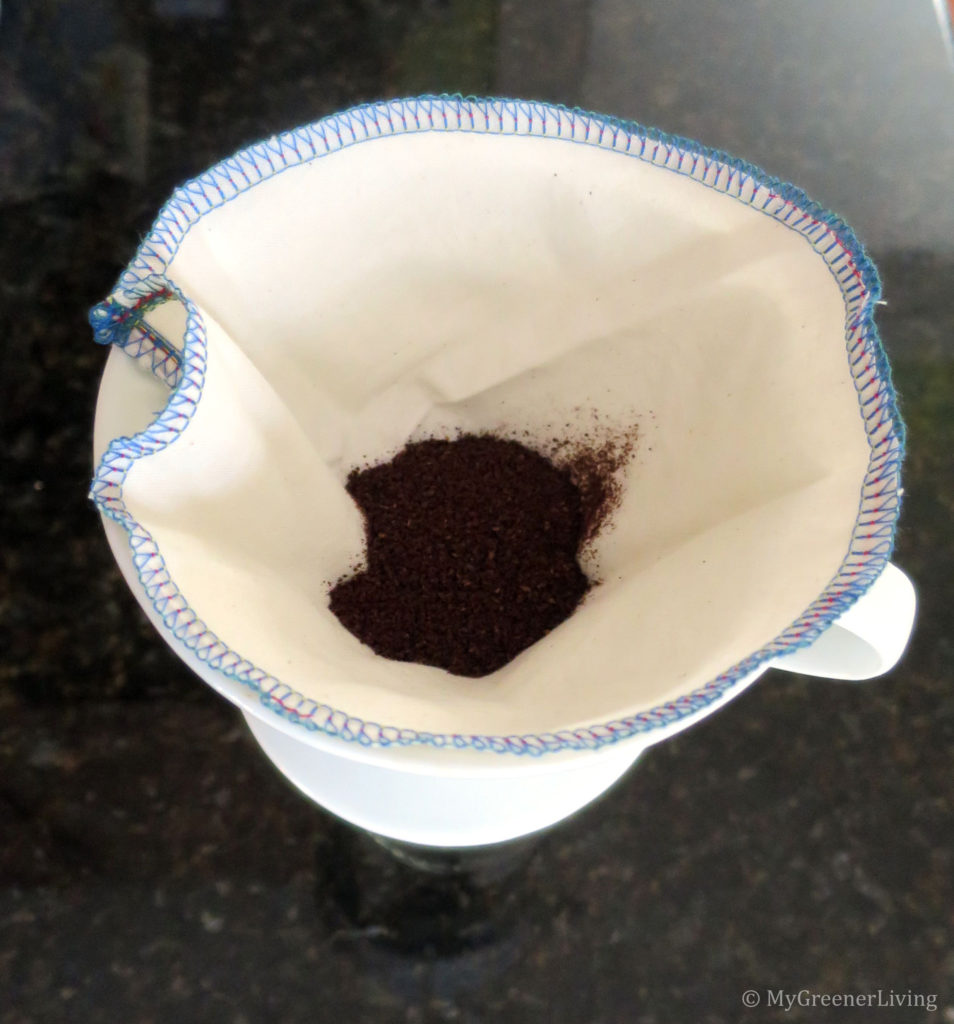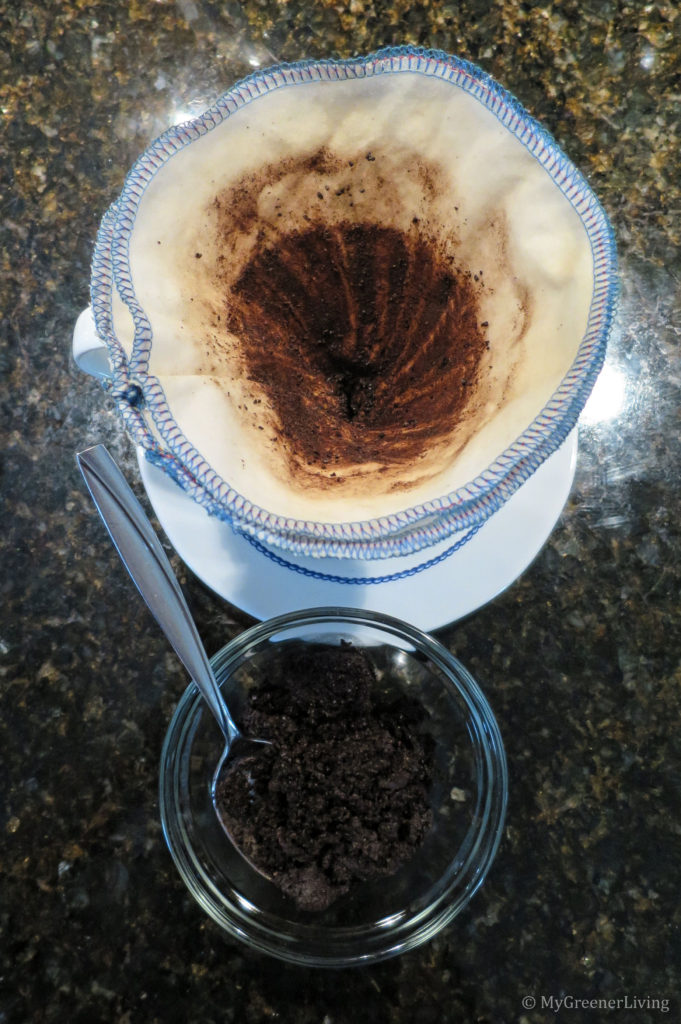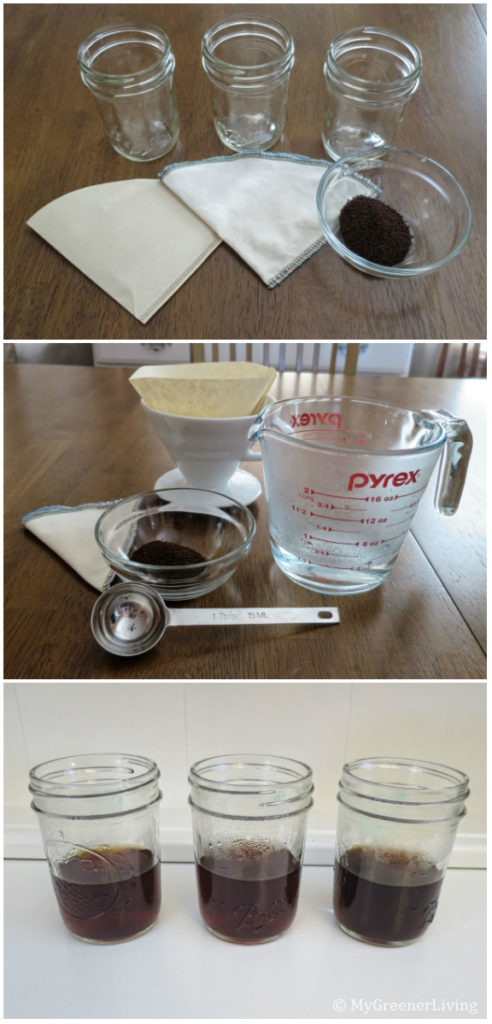I am a self-proclaimed lip balm addict. I probably put lip balm on about 6,237 times a day. Ok, that is an exaggeration. It’s probably not an exaggeration to say that I put lip balm on somewhere between 6 and 15 times per day. Sunscreen lip balm is important, especially in the summer when the sun is more intense and I am outside more.
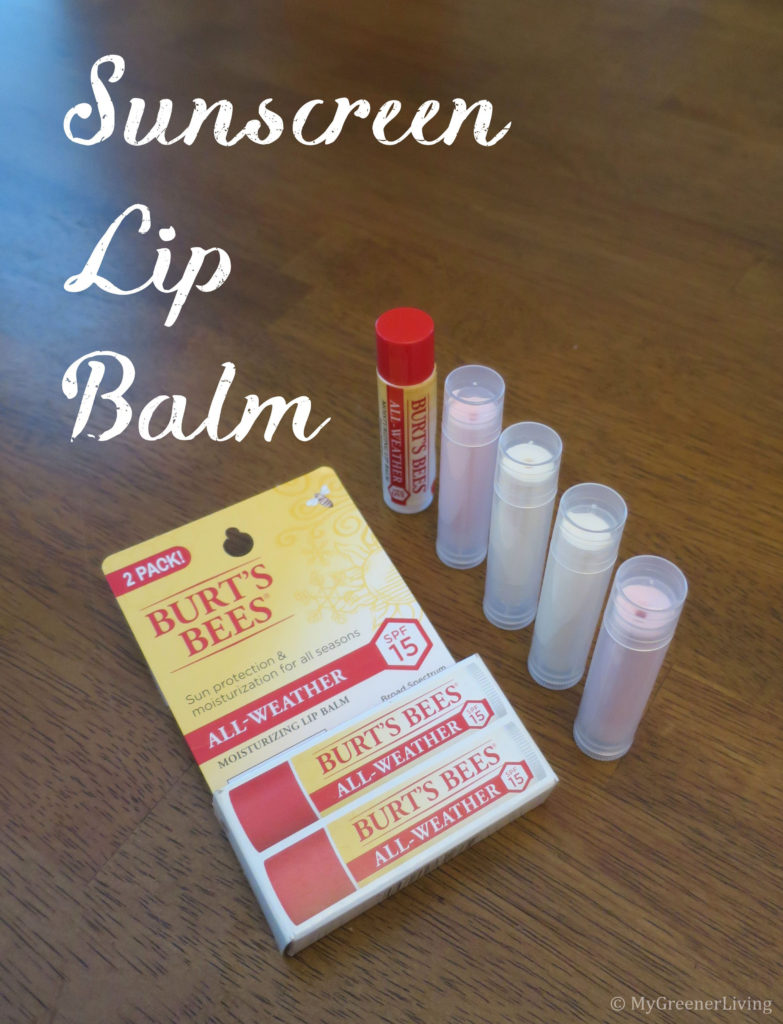
Disclaimer: This post contains affiliate links. See my Disclosure Policy for more information.
I am all about protecting my skin from sunburn – and that needs to include my lips, too! Lips are susceptible to sunburn, and if skin cancer develops on lips it can actually be more aggressive because the lips are a mucous membrane. I can put my regular sunscreen on my lips – and I have done this when I did not have sunscreen lip balm available – but I have been on the lookout for a good sunscreen lip balm.
My sunscreen lip balm
I love my regular lip balm and solid lotion bars. They are so simple, yet for me, moisturize so well. I love to make this lotion in bulk, solidify it in small molds, and keep some in my travel bags, car, and every room of my house. I use this lotion in lip balm tubes as my lip balm that I apply 6,237 times per day (ha). I have researched and tried a lot of different store bought sunscreen lip balms, and found a lot that I did not like.
So, despite, yet also understanding, my own cautions about making homemade sunscreen, I decided to try making my own homemade sunscreen lip balm. The key points of my understanding are, I will not label this lip balm with an SPF, the SPF is lower than in think it is because the zinc oxide is not evenly dispersed, but I apply lip balm far more often than the “every 2 hours” that is commonly recommended for sunscreens, and also, having some sun protection in my lip balm is better than before when I was using my homemade lip balm with none.

Ingredients
- 18.5 grams beeswax
- 27.5 grams cocoa butter
- 27.5 grams coconut oil
- 7 drops liquid vitamin E (or 1-2 vitamin E tablets, pierced and liquid squeezed out)
- 5 drops red raspberry seed oil
- 11-18.4g zinc oxide (11g = 12%, 18.4g-20%; I used 11g)
- Optional: essential oils for scent, flavor, and additional skin benefits (I omitted)
- coloring – I used a bit of a lipstick tube, I have also used cocoa powder to tint similar recipes. Some sort of berry powder would likely also work, but I have not yet tried this.
Yields: about 85g (3oz) by weight, 3+ fluid ounces. I filled 5.5 lip balm tubes (3/16 fluid oz each) and a jar about 2 fl oz. I estimate I could have filled at least 17 lip balm tubes.
Instructions
- Weigh the beeswax, cocoa butter, and coconut oil in a microwave safe glass container. I find my 1 cup pyrex measuring cup works great because I can pour directly into my lip balm tubes.
- Microwave on 50% power for 3 minutes, stirring every 30-60 seconds. If the wax isn’t completely melted at this point, microwave for an additional 30 seconds on full power, then stir. Continue microwaving, stirring every 15 seconds, until the wax has completely melted.
- Add the vitamin E, red raspberry seed oil, and essential oil(s), if using. Stir to evenly distribute.
- Add the zinc oxide, and stir to evenly distribute. If the liquid was too hot, the zinc oxide will all sink. If this happens, allow to cool for a few seconds to a few minutes, stirring to check. The solution should be opaque, and when scooping from the bottom and dragging the spoon up the side of the container, there should not be a pile of zinc oxide.
- If adding colorant, add and stir to distribute.
- Pour into lip balm tubes or containers.
- Let cool and solidify for several hours.
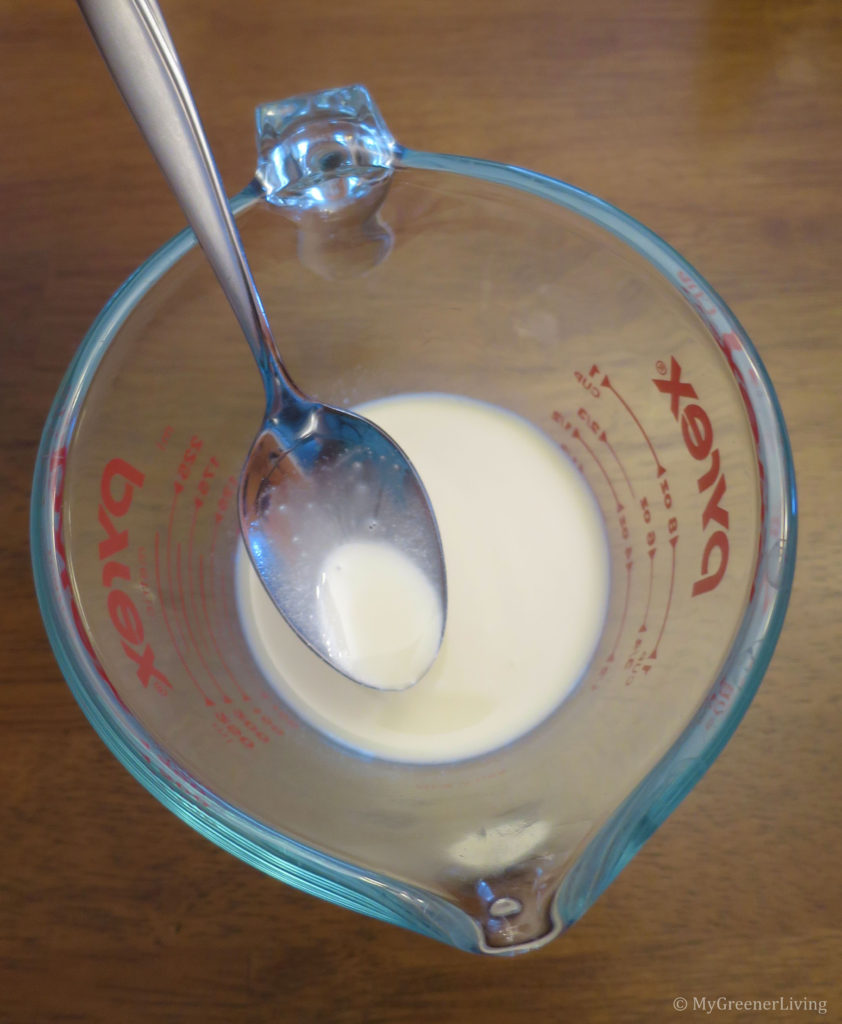
How I use my sunscreen lip balm
Any time after the lip balm has solidified and cooled, I use this lip balm like any other lip balm. Since it has zinc oxide in it and therefore tints my lips, I make sure to rub my lips together to blend the zinc oxide in and minimize the paling effect. I reapply frequently, and especially before going outside, after eating, and after drinking; to protect from the sun and moisturize my lips.

My favorite store bought sunscreen lip balm
Due to the risks of homemade sunscreen, I want to have for myself, and to provide a suggestion to my readers, a good store bought option! I have researched many, and tried a few. I am surprised how many advertise as “mineral sunscreen” lip balms, but also contain the synthetic chemical sunscreen ingredients that I am actively avoiding [oxybenzone, avobenzone, octisalate, octocrylene, homosalate, octinoxate, and para-aminobenzoic acid (PABA) – concerns about these ingredients are discussed in this EWG article]. One lip balm that passed the ingredient test was Burt’s Bees 100% Natural All-Weather SPF15 Moisturizing Lip Balm. With a fairly short and natural ingredient list, this lip balm was rated a score of “1” – the best possible rating – in the EWG’s database.
- Active ingredients: Zinc Oxide 11%.
- Inactive Ingredients: beeswax, olea europaea (olive) fruit oil, theobroma cacao (cocoa) seed butter, simmondsia chinensis (jojoba) seed oil, isoamyl laurate, butrospermum parkii (shea) butter, flavor, limnanthes alba (meadowfoam) seed oil, citrus aurantium dulcis (orange) peel wax, jojoba esters, glycine soja (soybean) oil, tocopherol, citric acid, rebaudioside A (stevia leaf extract), polyhydroxystearic acid.
The Burt’s Bee’s lip balm with SPF 15 has a very pleasant, smooth feel and very subtle but nice taste. The zinc oxide only ever so slightly lightens my lips – really barely perceptibly. The feel and taste is so exceptional that I would use this as my every day lip balm if it was less expensive.

Past experience with sunscreen lip balm
Banana Boat Lip Balm
For years and years (10?) I used Banana Boat Sunscreen Lip Balm with Aloe Vera and Vitamin E. It is SPF45, goes on smooth, has very little taste, and overall has a pleasant feel. After much trial and error through my teens, this lip balm was the one that did not give me hives on my lips. However, as I got into my environmentally conscious journey, I chose to avoid ingredients in this product. The Environmental Working Group (EWG) rates this product as a 7 on a scale of 1-10 with 10 being the worst, and items ranted 7-10 categorized as “high hazard”. Between this rating, and my aversion to oxybenzone, avobenzone, octisalate, octocrylene, homosalate, octinoxate, or para-aminobenzoic acid (PABA), I stopped using this lip balm.
The ingredient list for this Banana Boat lip balm is:
- Active Ingredients: Avobenzone 2.00%, Octocrylene 10.00%, Oxybenzone 6.00%. Purpose: Sunscreen.
- Inactive Ingredients: Petrolatum, Polyethylene, Ethylhexyl Palmitate, Trimethylsiloxyphenyl Dimethicone, Microcrystalline Wax, Isopropyl Myristate, Theobroma Cacao (Cocoa) Seed Butter, Peg-8, Aloe Barbadensis Leaf Extract, Tocopheryl Acetate (Vitamin E), Ascorbic Acid (Vitamin C), Retinyl Palmitate (Vitamin A), Silica, Caprylyl Glycol, Sodium Saccharin, Fragrance, Propylparaben, Butylparaben
Neutrogena Lip Balm
Prior to using Banana Boat, I used Neutrogena lip balm. The Neutrogena Norwegian Formula Lip Moisturizer with Sunscreen didn’t have fragrance, which was the main ingredient I was initially avoiding as a known allergen. This lip balm worked for a few years, but it would give me the occasional hive – an itchy red welt at the edge of my lip. I would get these only every month or so despite using the lip balm multiple times per day, but I tie it to this lip balm because I stopped getting them when I switched lip balms, but did not switch other cosmetics or diet.
This lip balm earned a score of 4 from the EWG, better than Banana Boat but still a concnern. Neutrogena’s lip balm also contains sunscreen ingredients that I actively avoid, as well as inactive ingredients that I avoid.
- Active Ingredients: Octinoxate 7.5%, oxybenzone 4% (Sunscreen).
- Inactive Ingredients: Castor (ricinus communis) seed oil, corn (zea mays) oil, ozokerite, petrolatum, beeswax, ethylhexyl palmitate, paraffin, stearyl alcohol, carnauba (copernica cerifera) wax, BHT.
Cost
Cost information is provided for reference and is based on cost information available to me at the time of the writing of this post (September 2019). Prices are subject to change and I will not be updating this section every time that prices do change.
Cost for homemade lip balm
- 18.5 grams beeswax
- 27.5 grams cocoa butter
- 27.5 grams coconut oil
- 7 drops liquid vitamin E (or 1-2 vitamin E tablets, pierced and liquid squeezed out)
- 5 drops red raspberry seed oil
- 11-18.4g zinc oxide (11g = 12%, 18.4g-20%)
- Beeswax – $19.45 for 2 lb (907.185 g); (18.5g/907.185g)x$19.45=$0.397
- Organic cocoa butter – $14.99 for 1 lb (453.592 g); (27.5g/453.592g)x$14.99=$0.909
- Organic coconut oil – $14.99 for 54 oz (1458.99 g) at BJ’s Wholesale Club; (27.5g/1458.99g)x$14.99=$0.283 (or on Amazon for $16.99)
- Vitamin E* – $4.64 for 2.5 fluid ounces (1,480 drops); (7 drops/1480drops)x$4.64=$0.022 *Vitamin E is sold diluted in carrier oils. I had this variety on had, but there are many different brands that use different carrier oils, so specific oils can easily be avoided.
- Organic red raspberry seed oil – $8.37 for 1.1 oz (650 drops); (5 drops/650 drops)x$8.37=$0.064
- Zinc oxide powder – $10.99 for 1 lb (453.59 g); (11g/453.592g)x$10.99=$0.227
- Total: $1.902 for about 85 grams, or 17+ lip balm tubes. Cost to fill each lip balm tube is $1.902/17=$0.112 for a 5 gram tube.
- Lip balm tubes are $4.49 for 12, or $0.374 each (buying in bulk will reduce cost per tube even more, if all tubes will actually be used)
- One tube of my sunscreen lip balm costs $0.112+$0.374=$0.486=$0.49.

Cost for store bought lip balm
Burt’s Bee’s sunscreen lip balm costs $6.58 for 2 tubes that holds .30 fluid ounces or 4.25 grams each. Cost per tube is $6.58/2=$3.29.
As with many homemade things, my homemade sunscreen lip balm is quite a bit less expensive than the store bought sunscreen lip balm. However, there are some risks involved with using homemade sunscreen products, as I discussed in detail previously. I choose to use my homemade sunscreen lip balm for most day to day use, but use Burt’s Bee’s for days when I will be outside for long periods of time, or outside during the mid-day peak sun intensity time, especially in the summer. I also reapply frequently. Sun burnt lips are quite uncomfortable!
Do you have a favorite lip product? Have you found a good one that provides sun protection, too? Please share with us in the comments below!


